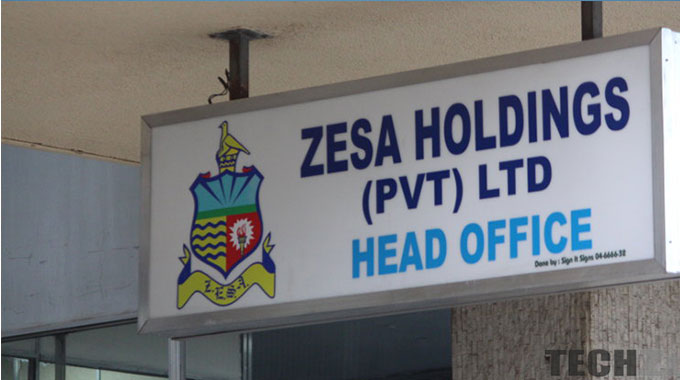
The Sunday News

Prepaid electricity charges rose 50 percent on Wednesday, raising the monthly bill for most families, who buy the basic subsidised 200 units by almost $100 from $198 to $297.
In a notice yesterday, Zesa’s distribution arm ZETDC, said the first 50 units a month would now cost 74c each for a total of $37, the next 150 units were now charged at $1,62, the third band of 100 units were now $4,41 and everything over 300kWh a month is charged at $6,92 a unit.
On top of these charges consumers need to add six percent for the rural electrification levy. While the tariffs exclude VAT there is no VAT on household supplies and no fixed charges on domestic or commercial supplies.
To benefit from subsidised rates consumers need to make a single purchase of a token in any one month, all subsequent tokens being charged at the full rate of $6,92 a unit.
Thus a family wanting to buy just 50 units needs to pay $39,22 once the levy is included. For a 200 unit token, the charge is $296,80 and for a 300 unit token the charge is $764,26. Every additional 100 units will cost $733,52.
The notice reminded consumers that Zesa can review tariffs monthly in line with inflation.
The increases come amid concerns that delays in raising the electricity tariff to a level that reflects generation, import and distribution costs was likely to return Zesa to the days when it could not afford to buy coal, pay for imports, maintain its power stations or repair faults.
Maximum demand customers, the giant consumers such as major factories or mines, have been asked to use more energy during off peak periods. A maximum demand tariff charges on the maximum power demand used in any month, even if that is just for a fraction of a second. So these consumers pay for power, not energy. But there are complicated tariff formulas that kick in when one of these consumers has large peaks and troughs in their demand, and basically they have to pay for energy they do not use in off-peak periods.
This is to encourage them to reduce their maximum peak in a month by using less at peak periods and more in off-peak periods.
Last year, Government took a decision to implement a tariff indexation formula that would align Zesa tariffs to movements caused by inflation and the exchange rate.
The decision was aimed at obtaining cost reflectivity in the supply of electricity and maintenance of value of tariffs to ensure Zesa’s viability and sustainability.-The Herald



